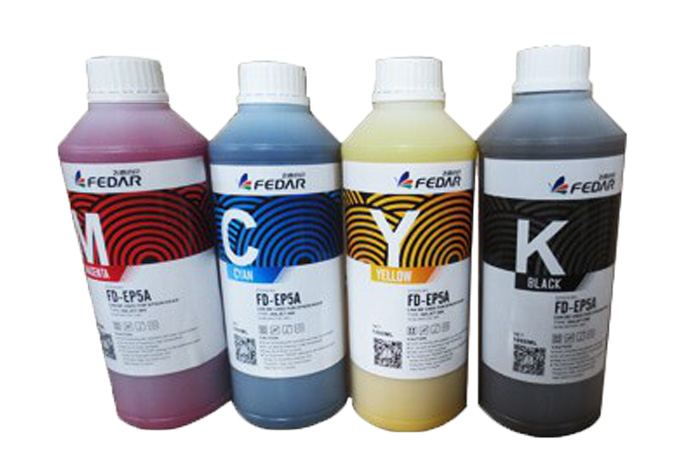There are two most important criteria for distinguishing thermal transfer color printing inks, one is the purity of the ink, the other is the fluidity of the ink, that is, the value of the length and area of a print. The purity of ink determines the degree of color saturation and reduction after image transfer. Fluency determines the printing quality and the continuous length of the printing paper (especially when printing hot transfer paper such as clothing and shoes, it is not allowed to break or fly out, which is not allowed in production requirements). Therefore, good ink is necessary to ensure the purity and fluency, which is also the most important index to identify the quality of ink. According to the production standard of inkjet printing ink generally ink dye particle size can not be greater than 0.1 micron, less than this standard will be prone to printer plugging, ink quality will be greatly reduced.
In addition to the above two important indicators, ink quality is affected by the precipitation of dyes, which will also seriously affect the quality and stability of ink. If ink precipitation phenomenon must be shaken after use.
In addition, the quality of ink printing almost no color problem, but poor ink will often appear color problem. This is also the current digital thermal transfer printing market with advertising image and clothing printing and dyeing ink to distinguish the advantages and disadvantages of ink.


